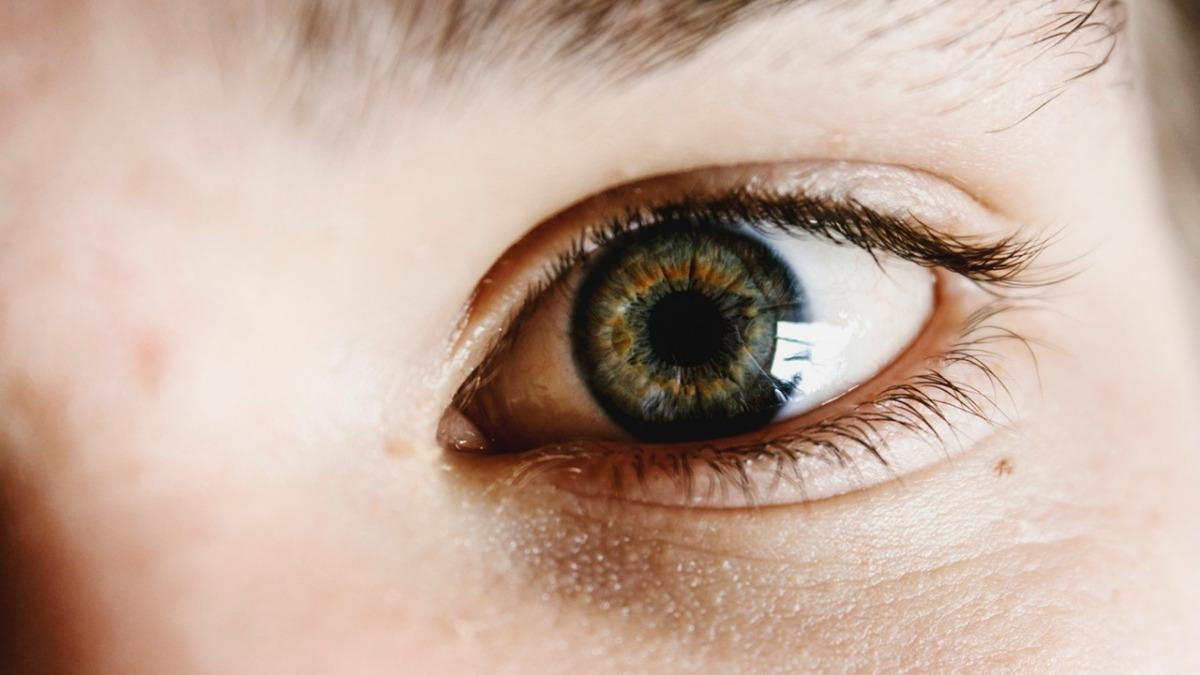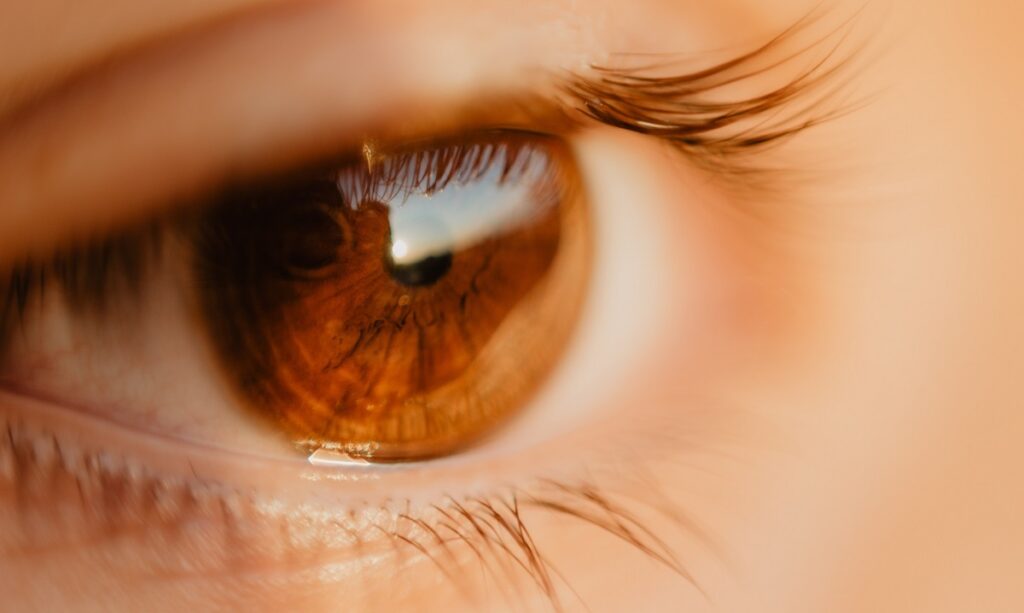Ocular pressure, or intraocular pressure (IOP), refers to the fluid pressure inside the eye. This pressure is essential for maintaining the shape of the eye and ensuring proper functioning of the visual system. However, abnormal ocular pressure, whether too high or too low, can lead to serious eye conditions, including glaucoma and vision loss. By understanding the early signs, associated risks, and management options for ocular pressure, individuals can take proactive steps to preserve their eye health and vision.
Understanding Ocular Pressure
How Ocular Pressure Works
Ocular pressure is regulated by the balance between the production and drainage of aqueous humor, the clear fluid inside the eye. The ciliary body produces this fluid, which flows through the pupil and drains via the trabecular meshwork and Schlemm’s canal.
- Healthy Balance: Ensures stable IOP levels.
- Imbalance: Can result in elevated or decreased IOP, leading to potential complications.
Normal Range of Ocular Pressure
- Typical Range: 10-21 mmHg.
- Daily Variations: IOP naturally fluctuates throughout the day.
- Factors like age, genetics, and overall health can influence IOP levels.
Factors That Influence Ocular Pressure
- Natural Factors: Age-related changes and genetic predisposition.
- Environmental and Lifestyle Factors: Stress, diet, and exercise habits.
- Medical Conditions: Diabetes, hypertension, and eye trauma.
Early Signs of Abnormal Ocular Pressure
Symptoms of High Ocular Pressure (Ocular Hypertension)
- Often asymptomatic in the early stages.
- Possible signs include mild eye discomfort, blurred vision, and headaches.
Symptoms of Low Ocular Pressure (Ocular Hypotony)
- Blurred or distorted vision.
- Flattened eye appearance or difficulty focusing.
Red Flags for Serious Eye Conditions
- Severe Eye Pain: May indicate angle-closure glaucoma.
- Visual Field Loss: Peripheral vision reduction is often linked to optic nerve damage.
- Halos Around Lights: A potential sign of elevated IOP affecting the cornea.
Importance of Regular Eye Exams
- Comprehensive eye exams are crucial for detecting asymptomatic IOP issues.
- Recommended Frequency:
- Every 1-2 years for healthy individuals.
- Annually for high-risk individuals, such as those with a family history of glaucoma.
Risks Associated with Abnormal Ocular Pressure

High Ocular Pressure (Ocular Hypertension)
- Increased Risk of Glaucoma: Prolonged elevated IOP can damage the optic nerve.
- Optic Nerve Damage: Leads to irreversible vision loss if untreated.
- Progression to Blindness: In severe, unmanaged cases.
Low Ocular Pressure (Ocular Hypotony)
- Structural Damage: Insufficient pressure can cause the eye to lose its shape.
- Vision Problems: Resulting from inadequate support for intraocular structures.
Long-Term Complications
- Glaucoma: Most common outcome of high IOP.
- Macular and Corneal Damage: Associated with prolonged pressure imbalances.
Systemic Connections
- Abnormal IOP is often linked to systemic conditions like hypertension and diabetes.
- Cardiovascular health can indirectly influence ocular health.
Diagnosing Ocular Pressure Issues
Diagnostic Methods
- Tonometry: Measures IOP directly using:
- Goldmann applanation tonometry (gold standard).
- Non-contact tonometry (air puff method).
- Pachymetry: Measures corneal thickness, which can affect IOP readings.
- Optic Nerve Imaging: Detects early damage using OCT (Optical Coherence Tomography).
- Visual Field Testing: Identifies peripheral vision loss linked to glaucoma.
Risk-Based Screening Recommendations
- Annual exams for individuals over 40 or with a family history of glaucoma.
- More frequent screenings for those with systemic conditions like diabetes or high blood pressure.
Management Options for Abnormal Ocular Pressure
Lifestyle Modifications
- Dietary Adjustments:
- Incorporate antioxidant-rich foods like leafy greens and citrus fruits.
- Reduce salt and sugar intake to minimize fluid retention.
- Exercise:
- Engage in regular aerobic activities to lower IOP naturally.
- Avoid strenuous activities like heavy lifting, which can spike IOP.
- Stress Reduction:
- Practice mindfulness, yoga, or meditation to prevent stress-induced IOP changes.
- Hydration:
- Maintain consistent fluid intake to regulate IOP.
Medical Treatments
- Eye Drops:
- Prostaglandin analogs: Increase fluid outflow.
- Beta-blockers: Reduce aqueous humor production.
- Carbonic anhydrase inhibitors: Lower IOP by decreasing fluid production.
- Oral Medications:
- For severe cases, medications like acetazolamide are used to control IOP.
Advanced Interventions
- Laser Treatments:
- Laser trabeculoplasty: Improves fluid drainage.
- Laser iridotomy: Addresses angle-closure glaucoma.
- Surgical Options:
- Trabeculectomy: Creates a drainage pathway for fluid.
- Minimally invasive glaucoma surgery (MIGS): Offers faster recovery and fewer complications.
Monitoring and Maintenance
- Adherence to prescribed medications and regular follow-up appointments is essential.
- New wearable devices offer real-time IOP tracking for high-risk individuals.
Prevention Strategies for Healthy Ocular Pressure
Regular Eye Exams
- Early detection of IOP abnormalities through comprehensive screenings.
- Eye exams should include tonometry, optic nerve imaging, and visual field testing.
Protecting Eyes from Injury
- Use protective eyewear during sports or hazardous activities.
- Avoid habits that strain the eyes, such as prolonged screen use without breaks.
Managing Systemic Health
- Control diabetes and hypertension to reduce the risk of IOP complications.
- Maintain a healthy weight through balanced nutrition and exercise.
Myths and Misconceptions About Ocular Pressure
- Myth: High IOP always leads to glaucoma.
Fact: Not all individuals with high IOP develop glaucoma, but the risk is higher. - Myth: You can feel changes in ocular pressure.
Fact: IOP changes are often asymptomatic and detectable only through testing. - Myth: Glaucoma only affects older adults.
Fact: Glaucoma can develop at any age, though the risk increases with age.
Innovations and Future Directions
Advancements in IOP Monitoring
- Smart contact lenses that provide real-time IOP measurements.
- Wearable devices for continuous tracking and alerts.
Emerging Therapies
- Gene therapy targeting optic nerve preservation and glaucoma prevention.
- Sustained-release implants for long-term IOP control.
AI and Personalized Eye Care
- AI algorithms for predicting IOP trends and customizing treatment plans.
- Personalized glaucoma care based on individual risk factors.
Conclusion
Ocular pressure is a crucial factor in maintaining eye health and preserving vision. Understanding the early signs of abnormal IOP, recognizing associated risks, and exploring management options are essential for preventing long-term complications. By adopting a proactive approach through regular eye exams, lifestyle modifications, and adherence to medical treatments, individuals can effectively manage ocular pressure and support their long-term vision health.


